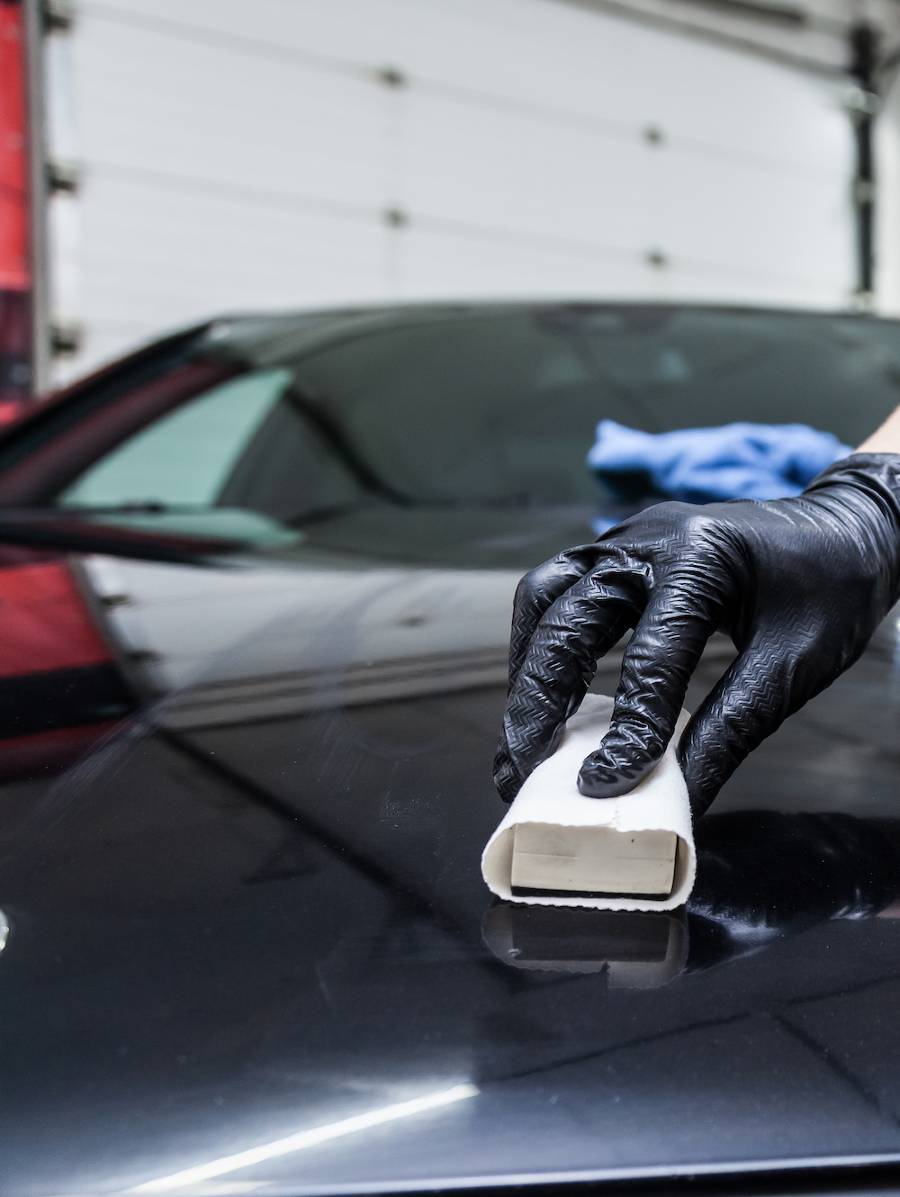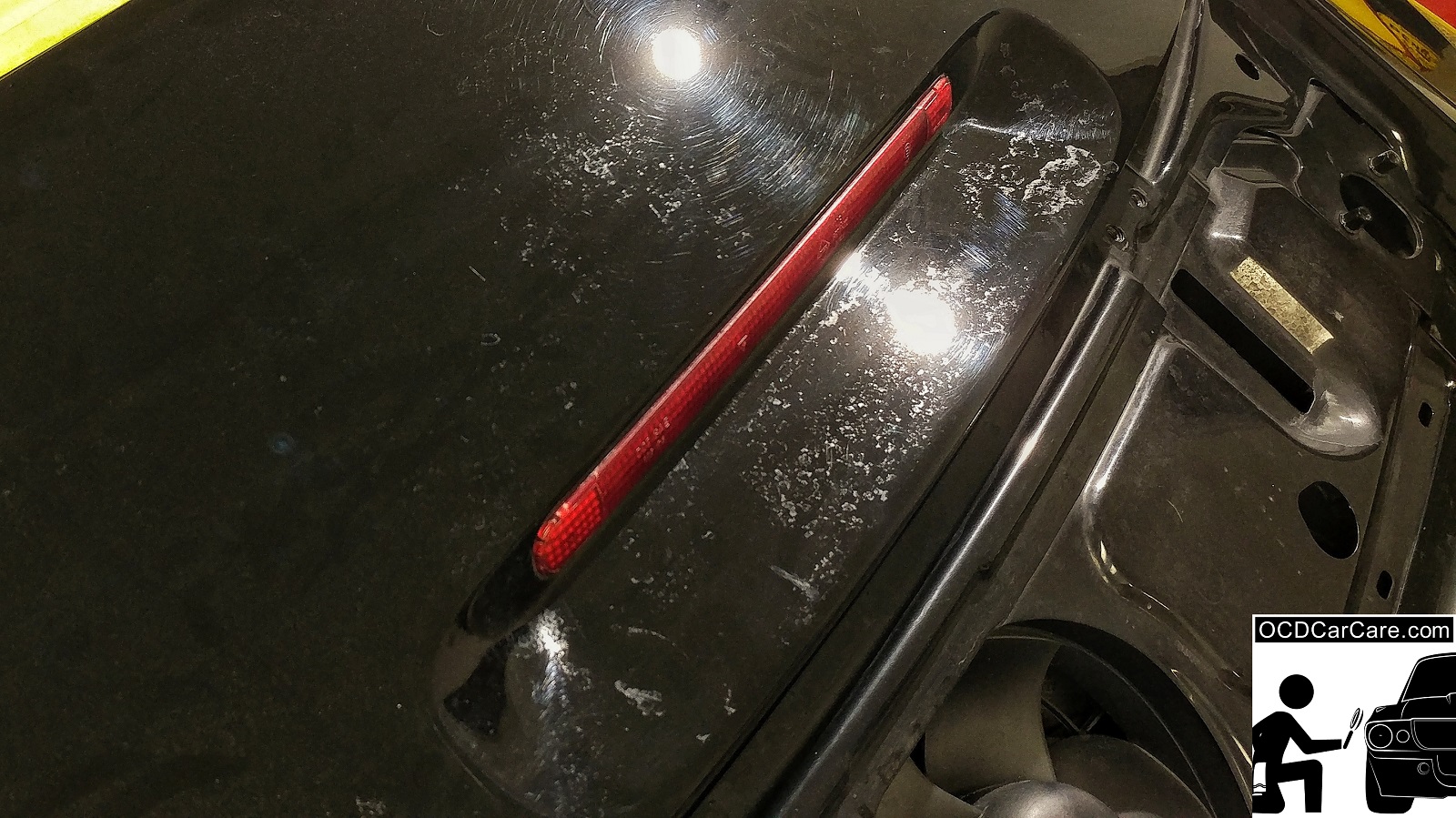Top Advantages of Choosing Ceramic Coating Philadelphia for Resilient Toughness
Top Advantages of Choosing Ceramic Coating Philadelphia for Resilient Toughness
Blog Article
Why Ceramic Layer Is the Ultimate Remedy for a Perfect End Up
Ceramic finish has emerged as a leading solution for those seeking a remarkable finish for their vehicles, many thanks to its exceptional sturdiness and safety features. This innovative liquid polymer not just bonds perfectly with factory paint yet additionally supplies a powerful obstacle against usual dangers such as scrapes, UV rays, and toxic wastes. Furthermore, its hydrophobic homes streamline upkeep while enhancing visual appeal. Understanding how this technology contrasts to traditional approaches and exploring its application subtleties can disclose even extra regarding its worth. What aspects really set ceramic covering apart?
What Is Ceramic Covering?

When used properly, ceramic coating develops a hydrophobic surface that drives away water and dirt, making it less complicated to preserve and cleanse. Unlike standard waxes or sealants, which commonly supply temporary security, ceramic coverings can last for several years, depending upon the item high quality and application approach. The procedure of using ceramic layer needs meticulous preparation, including complete cleaning and sometimes repaint adjustment, to make sure ideal bonding and efficiency.
Ceramic coatings are not limited to auto surface areas; they can also be used on various products, including glass, metal, and plastics, giving a versatile service for enhancing defense. In general, ceramic covering represents a substantial advancement in surface area security technology, incorporating both aesthetic and functional benefits for a variety of applications.
Advantages of Ceramic Covering
While several surface area protection choices exist, the advantages of ceramic covering stand out because of its distinct residential properties and resilient performance. One of the primary advantages is its phenomenal durability. Ceramic Coating Philadelphia. Unlike standard wax or sealers that need frequent reapplication, ceramic layers offer a resilient layer that can last for numerous years, considerably minimizing maintenance initiatives
Another remarkable benefit is enhanced defense against ecological contaminants. Ceramic finishes develop a hydrophobic surface that fends off water, dust, and different pollutants, making it less complicated to clean. This attribute not only maintains the car's look yet additionally decreases the danger of rust and oxidation, particularly in extreme climate condition.
Additionally, ceramic coverings use exceptional resistance to UV rays, preventing fading and deterioration of paint with time. This UV security is essential for preserving the visual worth of surface areas and cars subjected to route sunlight.
Additionally, the glossy surface accomplished with ceramic covering enhances the overall aesthetic charm, offering surfaces a showroom-quality luster. On the whole, ceramic coverings represent a considerable improvement in surface area security technology, giving enduring benefits that satisfy both practical and visual demands.
Just How It Functions
Understanding the science behind ceramic finishes exposes just how they supply such impressive security and longevity. At its core, a ceramic covering is a fluid polymer that chemically bonds with the automobile's factory paint. This bonding develops a protective layer that is both hydrophobic and oleophobic, repelling water, dust, and oil. The key part of most ceramic coatings is silicon dioxide (SiO2), which is originated from quartz. This compound adds to the finish's solidity and resistance to scratches, UV rays, and environmental impurities.
The application process involves several actions, including surface area prep work, which is crucial to attaining ideal adhesion. Once applied, the coating undertakes a healing process, during which it solidifies and forms a semi-permanent bond with the paint surface. This bond is what identifies ceramic finishes from standard waxes and sealants, providing a longer-lasting protective obstacle that can endure for many years.
Additionally, the thickness of the layer can enhance its protective high qualities, making sure that it can stand up to rough problems. Eventually, the scientific research of ceramic coatings combines innovative products with ingenious application strategies to deliver an unparalleled degree of security and visual improvement for automobiles.
Comparison With Standard Techniques
The advantages of ceramic finishes end up being specifically obvious when compared to conventional paint security techniques such as sealers and waxes. While pop over to this site waxes offer a momentary sparkle, typically lasting a few weeks to a number of months, ceramic finishes supply a long-lasting safety layer that can sustain for numerous years. This sturdiness dramatically lowers the frequency of reapplication, making ceramic finishes an extra cost-efficient service gradually.
In addition, conventional techniques usually need considerable preparation and several applications to accomplish a sufficient level of protection. In contrast, ceramic finishes bond at a molecular degree with the lorry's surface area, creating a durable shield against environmental impurities like UV rays, acid rain, and road salts. This bond improves the car's resistance to scrapes and swirl marks, which prevail with standard waxes and sealants.
Additionally, the hydrophobic properties of ceramic layers drive away water and dirt, leading to easier cleaning and upkeep. On the other hand, wax and sealant-treated surface areas can bring in grime, demanding more constant washing - Ceramic Coating Philadelphia. Generally, ceramic finishes not just supply remarkable defense yet likewise deliver an extra long-lasting and visually attractive coating, establishing them as the recommended option for critical vehicle proprietors
Application and Maintenance Tips

Utilizing a foam applicator, use the layer in small areas, adhering to the manufacturer's standards pertaining to density and overlap. Enable enough treating time between layers, usually 24 hr, to guarantee appropriate bonding. After application, it is vital to avoid direct exposure to water or rough elements for a minimum of a week to permit the finishing to totally heal.
For upkeep, wash the car regularly with pH-balanced soaps and avoid unpleasant materials. Touchless car laundries are recommended to minimize damaging. In addition, utilizing a ceramic maintenance spray can improve the finish's hydrophobic residential or commercial properties and durability. Regular evaluations for any kind official source of indications of wear will help maintain the finish's integrity and maintain that beautiful finish.
Final Thought
In final thought, ceramic covering emerges as a remarkable option for accomplishing a remarkable vehicle coating. By forming a durable bond with manufacturing facility paint, ceramic finishing properly guards versus scrapes, UV rays, and environmental contaminants.

Report this page